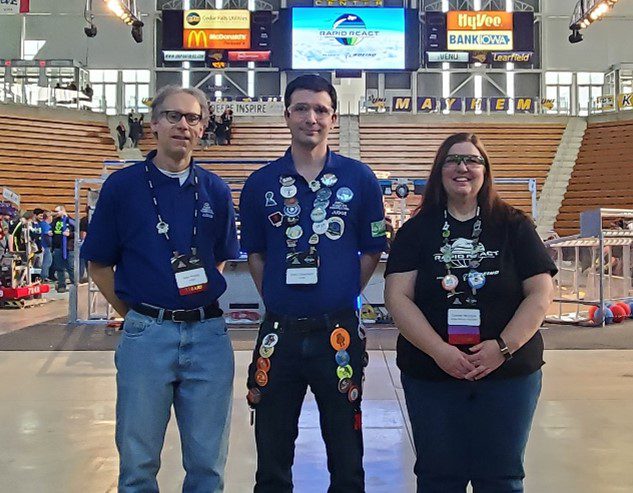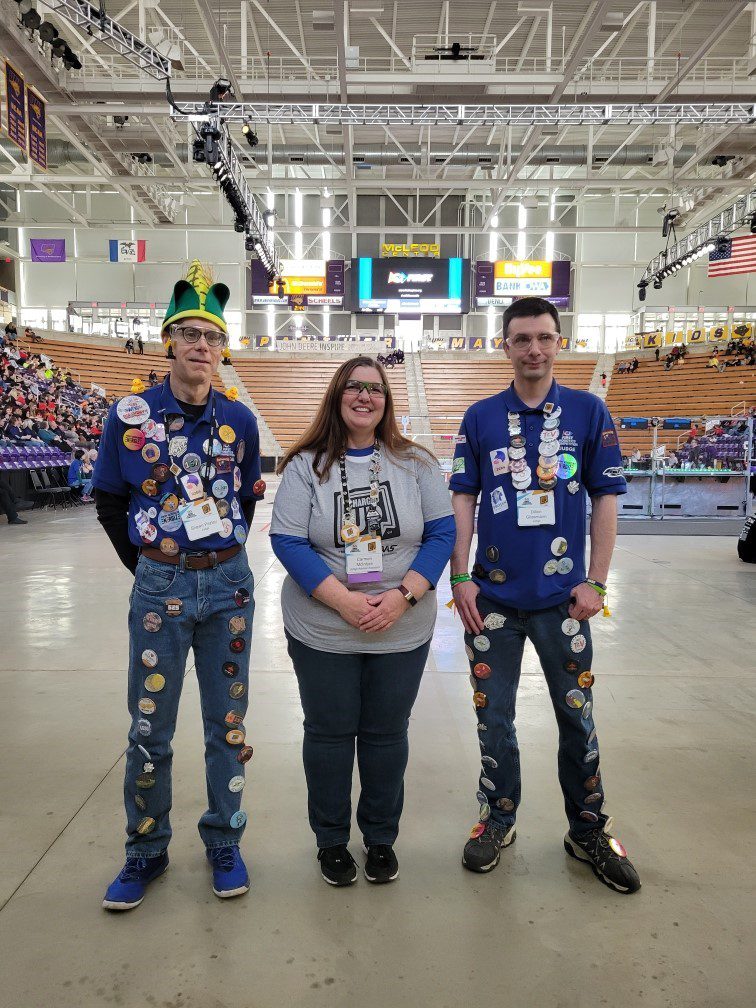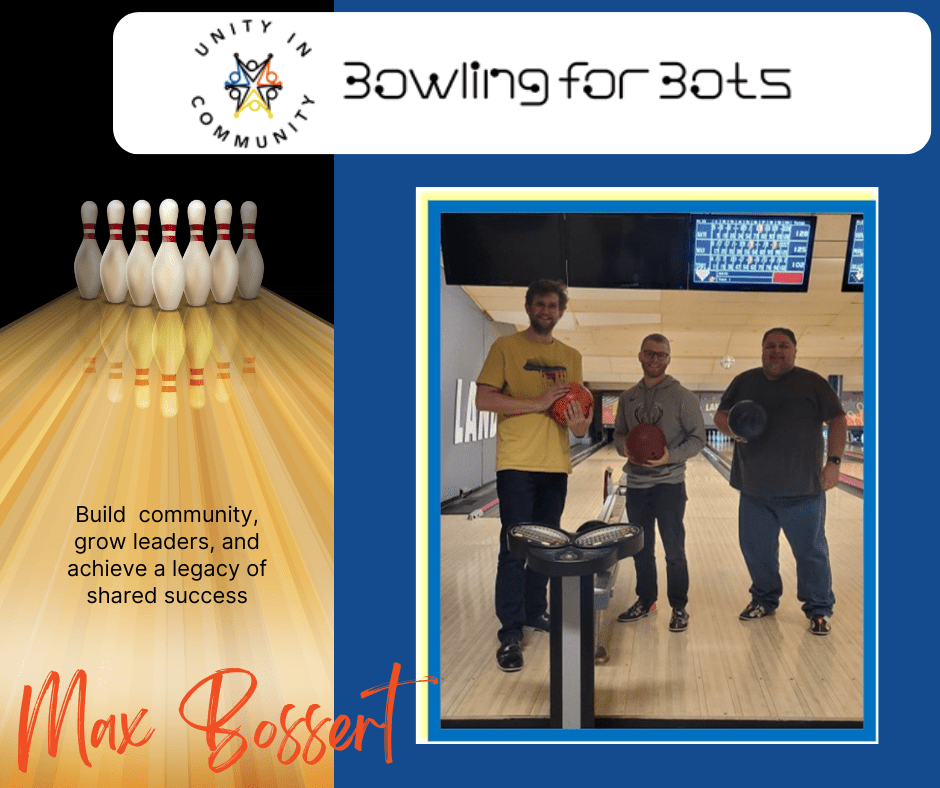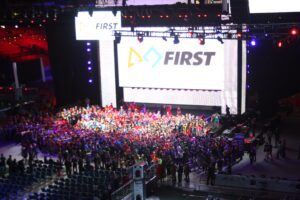
I am a champion/advocate/passionate believer in STEM and the value of the FIRST® programs. I have written multiple blogs on the subject and shared what I view as the value of the FIRST programs. My involvement started with FIRST LEGO® League (FLL) over six years ago primarily because my daughter was old enough to join FLL (and who doesn’t like LEGOs?). Today, my whole family is actively involved not just during the season, but off-season as well. Instead of giving my perspective again, I would like to share a team member’s perspective, namely, my daughter, Megan, who is part of a FIRST Robotics Competition (FRC) team that competed at the FIRST Championship competition in St. Louis this past season.
This season was my first year on the Cedar Falls High School FRC robotics team called the Swartdogs. FRC stands for FIRST Robotics Competition. Over a six week build season, teams design, build, and program their robots to perform a series of missions. Overall, it was a lot of fun, and I learned a lot about STEM and how FRC works. This past April I got a chance to attend the FIRST Championship competition in St. Louis.
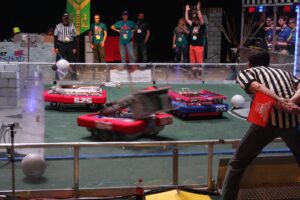
At the competition there are many jobs. Throughout the competition, some people are in the pits. They talk to judges who come to learn more about the team and the robot in a setting off of the field. They also talk to other teams who come to talk about the robot and learn about what the robot can do. Other people run the robot on the field. Four people do this job. They are the people that you see on the field. They have to know how to run the robot and how the robot works. They also have to communicate with the other teams in our alliance, a group of three teams that work together. Communication and organization within the alliance is key because you don’t want to have all three robots working on the exact same thing and have no one working on other parts of the field. Also, there are some missions on the field, such as defending the alliance’s tower, where only one robot can work on this without the alliance receiving penalties. Communicating also allows the robots not to run into each other and know the other robots strengths and weakness.
Another job at the competition is the Chairman presentation. This presentation is where three team members tell a set of judges how their team embraces the FIRST Core Values on the team and takes these values out to the community through outreach and presentations. Giving this presentation at Championship is a big honor but not all teams get the opportunity to do this. First, teams must write and submit an essay about their team, how they embody the FIRST Core Values, and how they take these values out to the community. Then, they give their presentation at a FRC Regional Competition. They must receive the award at the Regional Competition before getting the opportunity to give the presentation at Championship. Getting the opportunity to give the presentation at the Championship is a huge honor and the Swartdogs were fortunate and happy to earn the opportunity to do this at Championships.
Finally, another major job at the competition is scouting. There are multiple types of scouting. First, there is scouting that happens in the stands. Team members watch the robot matches and take notes through an app or on paper on specific robots and what the robot is able to do. Specifically, they take notes on the robots accomplishments and weaknesses. These notes are critical for alliance selections for playoff matches. These notes allow teams to understand how other teams will help your team do well. Second, there is pit scouting. This allows teams to understand the other teams off of the field. They can see what the teams claim they can do and what they are working on. They can see the robots at a closer level and how the team interacts. These notes are also critical for alliance selections. Overall, there are many jobs at the competitions and all of them are extremely important.
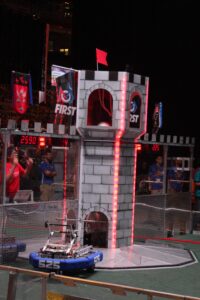
Participating in FRC results in learning many things. Through FRC, team members learn mechanical engineering concepts by building, designing, and perfecting the design of the robot. By programming, team members learn software engineering such as programming in a text based programming language. Team members also learn how to draw in CAD programming. Despite FRC being a robotics teams, team members learn other life skills as well. Team members learn communication, writing, business, and organization skills. Most importantly, team members learn life skills of working together as a team, a skill that cannot be learned in the classroom.
This season, the Swartdogs have accomplished a lot. At the Iowa Regional Competition, we were part of the winning alliance and received the Regional Chairman’s Award. At the 10,000 Lakes Regional Competition, we were part of the winning alliance and received the Motorola Quality Award. While we did not receive any recognition at Championships, we went the farthest we had ever gone in the playoff matches and had a lot of fun.
Overall, FRC is a wonderful program where team members learn skills that will last them a lifetime. While I learned a lot this year and had a lot of fun, I cannot wait until next season.
As Megan’s father, I have seen first-hand how she has grown through her involvement of FIRST, not only in STEM knowledge, but also in the other areas she mentions. She was able to apply what she has learned in the classroom and see results. She has also stretched her comfort zone and tried new things. These are truly life skills.

